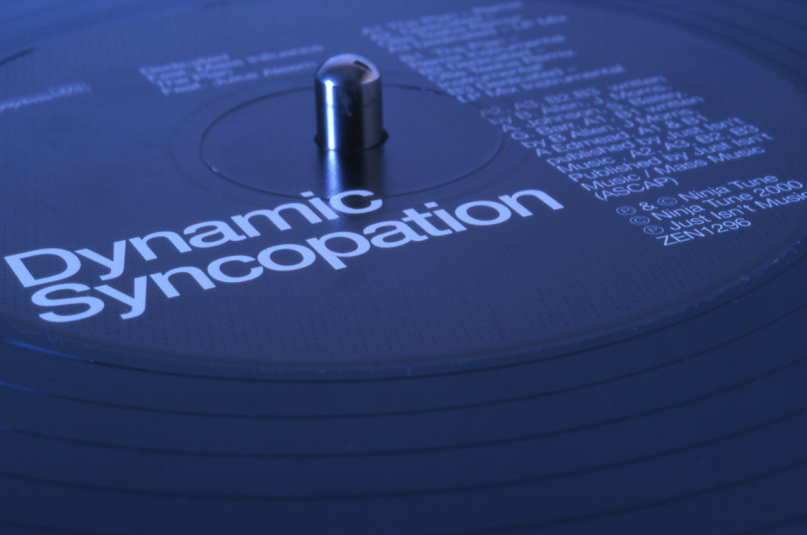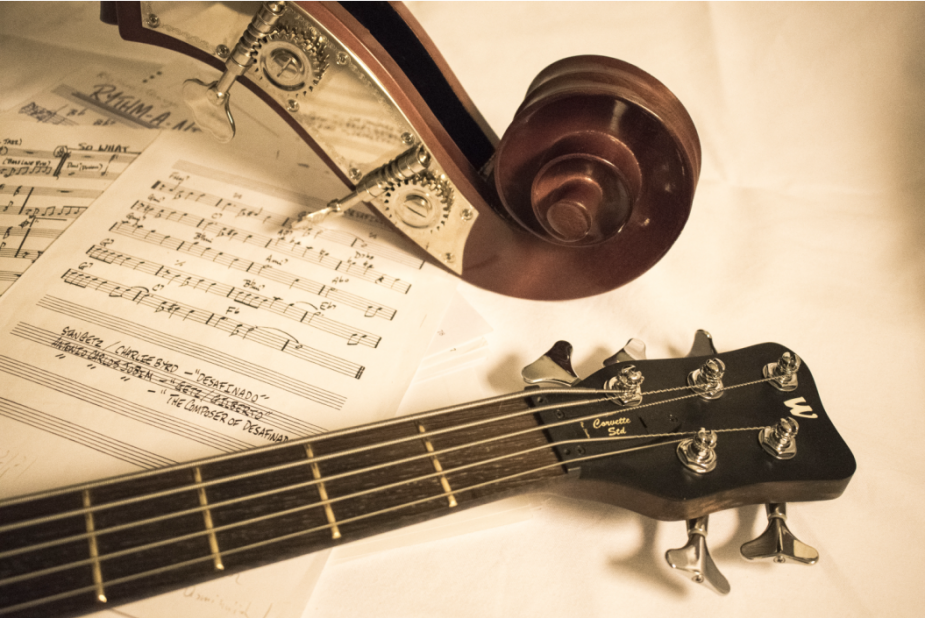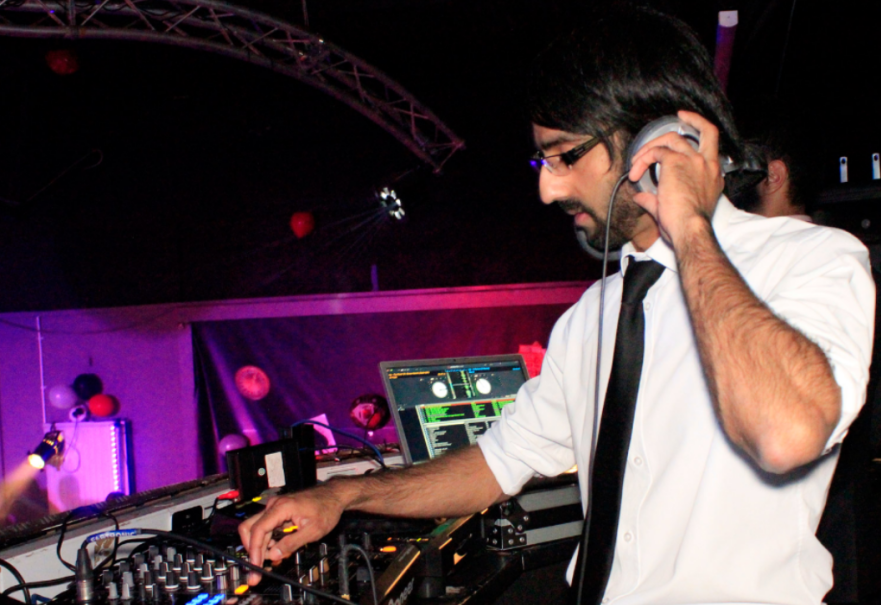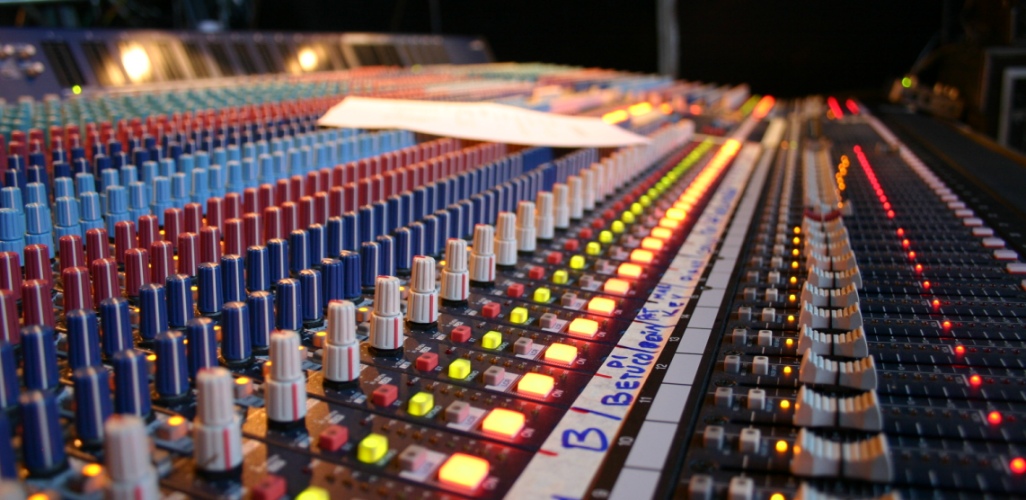Your personal music search space.
Augment your understanding of music.

______________________________________________________________________________

YMUSIC SEARCH ENGINE
Know more about what music listening implies, at the crossroads of hypotheses, opinions and practices
INTRODUCTION TO MUSIC LISTENING
WHY MUSIC? QUALITY ESSAYS ON MUSIC LISTENING FOR AVID READERS

Do you want to put words onto music, for yourself or to share your opinions with other people? Try YMusic, your free personal assistant (it includes musical criteria to select music), and let the music speak!
MUSIC LISTENING AS A DIALOG BETWEEN COMPOSERS AND LISTENERS
Music as an unutterable experiment
To talk about music is both simple and complicated. It is simple because everyone listens to music and may express their views freely after a live performance or about new pieces of music they discover. At the same time, it is complicated because music is not an oral phenomenon similar to verbal exchange, so words to describe it may be hard to find. Especially for listeners who do not have any formal training in the field of music, but for everyone in fact, because making music and listening to music are expereinces which are not manifested primarily in words.
To talk about music, composers, performers, and listeners must think and use their imagination to find the right words, those that help them to describe faithfully what they feel about a specific piece of music. Finding the correct expression is important when composers present a new piece of music to performers, who may have different views on music, and discuss some aspects of the composition in order to perform it following their own views. Through language, a dialog around music can be established. When the composition is presented to audiences, the exchange can include listeners who want to share feedback.
Listeners listening to music and composers listening to listeners
Before talking about music, listeners must listen to it. It may seem obvious; however it is not. Most of the time, music is just reduced to background sounds: in the street, in a train, at the restaurant, etc. To listen to music with attention requires some care. It is about being here, about being ‘location aware’, whether it is in the comfort of of one’s own room or in a live venue. A composition is written for the mind and the heart of listeners, yet it involves the ears.
Hearing sounds, listeners must create for themselves the meaning of the musical piece they are listening to. Discerning musical patterns, melodies, repetitions, they can associate them with the specific feelings they have, singular memories they hold onto, and predictions related to their future. Their listening may be analytical, trying to identify the various instruments, harmonics, rhythms, etc. Another style of listening is incorporating all the elements in a consistent whole. In any case, when the work is done, listeners can share part of it with performers and the composer in one way or another.
Music composers are glad when they can get the impressions and intuitions of the listeners about the piece they wrote. Sometimes audiences make comments, sometimes not. And as music composers want some return, they may work to obtain it, talking to listeners before or after a concert, for example. Then they can try to decode the messages they have received in order to produce music that, continuing to convey its own message, will also try to meet better the emotions of the listeners.

Do you want to enjoy again the power of music? Try YMusic, your free personal assistant (it includes musical criteria to select music), and discover that music can tell loads of news about yourself.
WHAT ARE THE VARIOUS FORMS OF MUSICAL COMMUNICATION?
From music for business to music for eternity
In the field of media, professionals often use music to introduce stories of self-discovery. It is significant. It shows that music is a powerful communication tool. And why is this? There are various reasons. Amongst them, the fact that music is a very ancient art which has evolved with humanity itself is the key thing: for the human spirit, music is a privileged form of expression. Also, music is a language form shared by millions of humans through the ages, notably through sheet music.
In a sense, music is a means used to manipulate the emotions of audiences. It does not necessarily mean that it imposes constraint. Watching a movie, spectators love to be guided by the music, which conveys all sorts of messages, depending on the story of the film (like wedding music, for instance) and putting the emphasis on notions like brightness or eternity or festive music, which invites the listener to enjoy a specific day or period of the year.
Music without words?
Amongst all the styles of music, instrumental music occupies a place of paramount importance, because it is the style which lets listeners put their own words to it and enhance the soundtrack of their lives. Instrumental music is found in classical music (Renaissance, baroque, classical, romantic, and contemporary music) as well as world music, screen music, video game music, etc.
Instrumental music is a help for listeners who want to develop intentional listening. It may be used by educators to help young people to create positive messages in association with music. They do not even have to write lyrics: they just need to listen quietly to music thinking about their life and who they want to be, letting their emotions emerge. In doing so, listeners may discern the intentions that performers of instrumental music put into it, in relationship with their own feelings and thoughts.
Delivered on the basic level of human sensations, instrumental music performance may be an enjoyable experience for everyone. Musicians become the music instead of just playing the music. Their instrument becomes a breathing part of their body. When they come with a completely open mind in front of their audiences, they have every chance of success.
Music listeners too can be completely open with music, sometimes more than with people. They may find in music the energy to unearth everything that they keep inside them. Music is not only a pleasant background for a romantic dinner or an evening between friends. Perhaps music alone does not have the power to help listeners feel emotions, but music is that sybilline art that makes it possible to reach the inner self and enter into dialog with that inner self. Some performers say that their musical instrument is their best friend. For music listeners too, music may be a friend and it does not demand isolation. It just means that music may be a way for listeners to enjoy their life more when they invest time in music.

Do you want to search for music you will really love, relax, and enjoy it? Try YMusic, your free personal assistant (it includes musical criteria to select music), and search to find out what music actually matters to you.
DOES LISTENING TO MUSIC ALONE OFFERS BENEFITS?
Is the wish to make personal choices a healthy and legitimate expectation?
In day-to-day existence where the answers people must give are ‘socially acceptable’ answers, being oneself may be an heroic task. Learning to be oneself is non-formal learning that everyone has to engage in alone in order to find what is most appropriate for the self, whether it is about choosing a suitable place to live or renting a movie.
That situation dates back to when humans were living in tribes, needing approval for everything they did: it was a question of survival for these tribes that represented the human race in an era in which humans were small in number.
Now that these primitive times are over, why not change something? When it is time for a decision, there is no need to check what everyone has to say about the question. Finding an authentic voice is essential: at home, who cares about someone else’s music tastes? There is no written rule saying that one must listen to the music that a specific global or local influencer likes.
Listening to music for oneself
Why is music useful for individual growth? There are plenty of spontaneous answers on internet forums or question and answer websites. Amongst these answers, several correspond to states of minds that one may experience only while being alone:
1. Each day, the human mind has hundreds of thoughts that do not let it wind down. How do you forget that three important emails need an answer as soon as possible or that the children need new clothes within the week? Involving oneself in music may help you to stop thinking and even let you sleep. Everyone may find fitting music for the self.
2. Music gives the power to reshape experiences, color reality, make predictions about the future, helping the listener to consider reality in a different light. To achieve that target, each listener has favorite styles of music.
3. Music may really be the sweetest escape. Yes, travels and fashion blogs are attractive, but is it really necessary to dream continuously of expensive goods, stuck behind the computer? Sometimes a herbal tea or, why not, a single glass of wine, may help to do what is really needed: relaxing the body right away. Yes, it is cosy on the sofa.
4. It is not a general rule, however; some types of music, at specific moments, may help to develop a greater focus, whether it is for studying or meditating. In any case, the music one listens to is a matter of taste. No need to wait for the ‘approval’ or ‘permission’ from others to enjoy an unknown genre, artist, or period.
5. Of course, music is better than any medicine! Even if sometimes remedies may be necessary, the lower the consumption of medication is, the better it is for one’s physical and mental condition.

Do you want to find your own individual musical taste? Try YMusic, your free personal assistant (it includes musical criteria to select music), and evaluate what you hear at the musical level, embracing your uniqueness without feeling forced to give up any style of music you really like.
MUSIC AND EMBRACING OF UNIQUENESS
Musical coexistence and transcendence
The shared existence that emerges from a common musical practice, whether it is composition, ‘Djaying’ or performance, shows another model for groups than those provided by the political or military hierarchy or even by the symphony orchestra. Also, it is very different from individual practice.
That shared existence may let everyone, in the way they play or improvise, listen to the other musicians. They are creators and, at the same time, they permanently follow the work of others. In doing so, all are creating a whole piece of music that goes beyond the contribution of each singular musician in the community. It may be experienced by jazz musicians for instance. And the music listeners are sensitive to such a cohesiveness because it reflects determination, excellence, and transcendence of the self.
Freedom of musical creation and shared existence
Today, the number of musical styles and works has increased and the originality of contemporary music is highly visible. However, is it always constructive for a musician to be different? Advice like ‘Think differently’ or ‘Be yourself, be different’ are very popular today in each professional field, including the music industry; now, acting differently is not always making the most of what makes someone unique.
Embracing uniqueness does not mean having a narcissistic lifestyle. It requires one to be comfortable with uniqueness while being able to contribute to a common target: being different is interesting when differences are leveraged through behavior, as it is in the case of jazz improvisation. So, it is not about challenging the status quo, just being different.
Music listeners and their singularity
What is true for music composers and performers is true for listeners: it is not useful for music listeners to distinguish themselves from their neighbours in terms of musical taste when they do not feel the urgent need to explore their individuality through music. And actually it happens that people ‘like’ music on social media when they do not really love it. Worse still, they may ‘like’ and not listen to the music, a study made by University of California at Berkeley showed.
What is the meaning of liking music on social media and not liking it? Following the study, it seems that the attitude is part of online self-construction and self-presentation and is related to privacy: people tend to present themselves differently in online environments instead of presenting themselves as they are, and their presentation is partly directed by others. In that context, music is a useful tool for social identification, and people tend to listen to music that corresponds to their social identity.
Yet music listeners who want to get the most out of music prefer to search for new music outside of their comfort zone. They read music critics, browse music catalogues intensively, and evaluate the content they find at the musical level, judging voices, chords, melodies, and the general structure of a piece of music. In one word, they invest time in music rather than following the tastes of their main social groups.

Do you want to understand sound better and how musicians use it to create effects? Try YMusic, your free personal assistant (it includes musical criteria to select music) and discover the true nature of music.
WHAT IS SOUNDSCAPE CREATION?
Soundscape and the power of timbre
To compose music and to create soundscapes are two specific activities in the vast field of music and they are partly different. Musicians who study music composition and regard themselves as composers may, if they are introduced to the domain of communication, want to express musical communication in other ways than by writing a music score. Notably they may focus on acoustic communication, which includes sounds and conversations coming from the everyday life of human beings, in the three time dimensions that are past, present, and future.
‘Soundscape’ is a word invented by music composer and researcher Murray Schafer. It may refer to natural sounds as well as audio recordings. In that last case, soundscape creation is related to the fact that human beings are literally tuning the world, playing with sounds to create effects, stimulate thoughts, and enhance emotions. Soundscape creation is, technically speaking, centered on timbral listening, and timbral listening, as its name suggests, is centered on timbre and not on pitch. Thus to create a soundscape, it is necessary to study the relationships between timbre and spectral content, a relationship analogous to the one linking pitch and frequency.
The will to study timbral variations while creating soundscapes is, some specialists say, a main difference between soundscape creation and music composition. However, a style of music like shakuhachi music in Japan is an example of music where timbre has an important place. Contemporary music like that produced by Richard Emsley, tends to evoke soundscapes, by moments. Recently, some composers have created new electronic timbres for their compositions, however such compositional works are still little known.
Where do soundscape creators find their inspiration? It can be everywhere: on the street, at the beach, in an office, at home, etc. A police siren, seagulls, a pen scratching, and the microwave may provide the material for specific soundscapes that combine them. Let us notice that today, software provide blocks of pre-recorded sounds. It helps amateur musicians as well as professional ones to enter the soundscape creation process more easily.
Where are soundscapes used?
One can create a sound design environment, a sound design prototype, for any reason. For example, recordings can be made to produce surround sound that will be used in a video game. In a single game, different soundscapes may coexist: one environment may immerse players in a specific scene and in another scene, sounds may inform players of a new element: a place, a character, an object, etc. In doing so, they maintain an atmosphere that stimulates gamers to carry on with the game.
Of course, various soundscapes are used in movies to produce all sorts of effects: dramatic, romantic, poetic, etc. These effects will be added depending on the script: to enhance a movie based on fantasy, a post-production executive will require material originating from castles, waterfalls, underground chambers, holes, etc. These elements, once recorded, are reshaped in a digital audio workstation, all the sounds being combined with dialog and placed between snatches of conversation. Actually, movie scenes rely on soundscapes as much as they rely on images or music compositions.
WHAT IS SOUNDSCAPE CREATION?